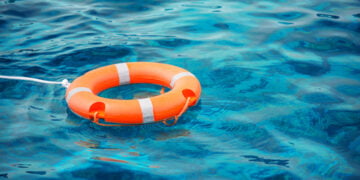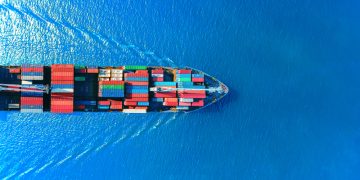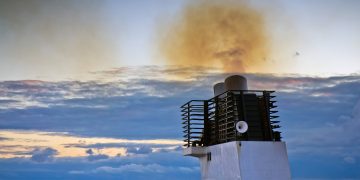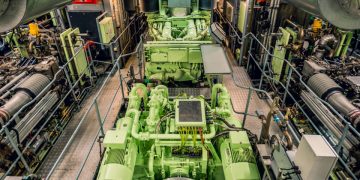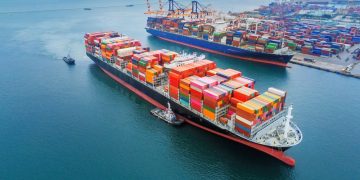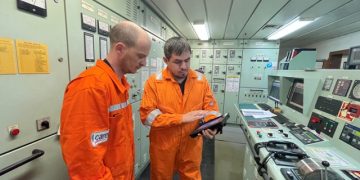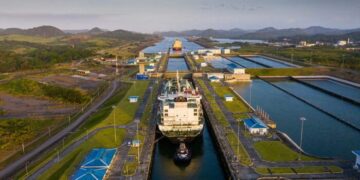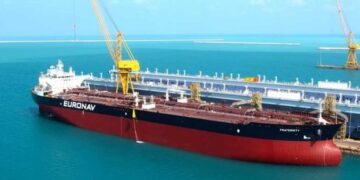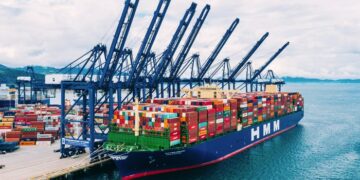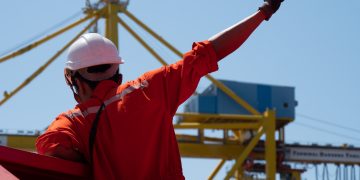Shell launches new EALs to meet revised US EPA
Shell has launched its new range of Environmentally Acceptable Lubricants (EALs), including Shell Naturelle S4 Stern Tube Fluid 100. The Shell Naturelle range of products enables ships entering US waters to comply with the revised 2013 Vessel General Permit (VGP). Shell Naturelle S4 Stern Tube Fluid 100 is made with fully saturated ester base oil, which offers the best resistance to hydrolysis (breakdown by water) and oxidation (oil ageing). It is also a non-emulsifying fluid, which allows ship operators to easily drain any water from the stern tube system, preventing hydrolysis and biodegradation of the oil within the equipment. What sets Shell Naturelle S4 Stern Tube Fluid 100 apart from the competition is the wide range of approvals it has received from stern tube original equipment manufacturers (OEMs), like Aegir-Marine, Blohm & Voss (SKF), Kemel and Wärtsillä Propulsion. In addition, Shell has also launched its VGP-compliant range of gear oils, hydraulic oils, wire rope lubricant and greases, almost all of which has received EU Eco Label certification and a host of approvals from top original equipment OEMs. “We are delighted to introduce our new Shell Naturelle range of EALs and give our customers the peace of mind that they ...
Read more







